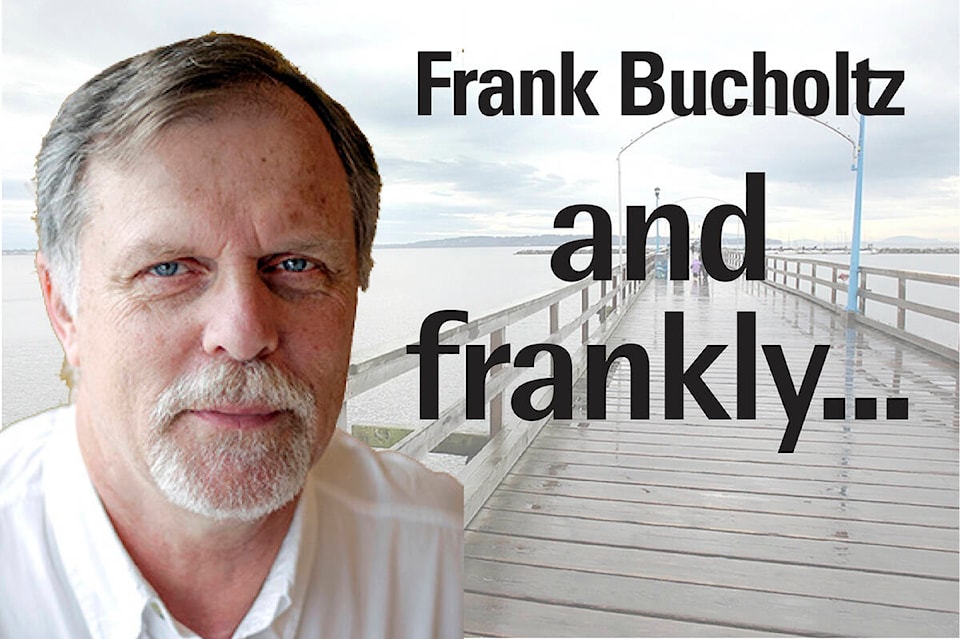Cyclists take their lives in their hands when using bicycles in Surrey and Delta, and little is being done by both cities to make things safer.
Two recent crashes are a good sign of the severity of the problem. On Sept. 5, a cyclist was killed on 104 Avenue east of Scott Road when hit by a semi-truck. The crash took place in the morning hours on the first day back to school – traditionally a busy day on the roads.
There are many large trucks in that area, which is near the port. Many trucking companies also have large compounds in that area, and Highway 17 is a major truck route.
Last week, on Wednesday, Sept. 13, another cyclist was hit by a large truck at the intersection of 64 Avenue and 148 Street. As of this writing, that cyclist is recovering from injuries, and hopefully will fully recover. This crash took place in the early afternoon.
Both of these crashes happened on busy roads at busy times of the day. There are many busy arterial roads in Surrey and North Delta.
A very small number of roads actually have separated bike and pedestrian lanes. Almost all of these have been built in recent years as roads have been widened and improved. These are very good alternatives, but it is very difficult to actually make a longer bike trip by using routes fully separated from traffic.
Many of these separated routes are in place for a kilometre or two, and then there is either a bike lane adjacent to traffic lanes or nothing. There may be a yellow sign that says “Share the Road” with a car and bicycle on it, but very few drivers ever do so.
The Delta and Surrey bike maps on city websites show bike routes, but any on-the-ground trip along most of those routes will expose a host of deficiencies. The maps (particularly the Surrey one) are quite confusing, making it hard to understand which routes are actually safe.
Surrey and Delta could take a page out of Vancouver’s approach to this issue, and designate specific side streets as bicycle routes. However, that would mean reducing traffic through speed bumps, traffic circles and occasional barriers. Very few drivers would welcome such action.
More pedestrian crossing lights would also be welcome, but they need to be more than flashing lights warning drivers to slow down.
They need to be full stop lights. Two examples of these which are very useful for cyclists can be found in the Clayton and Cloverdale areas, at Fraser Highway and 182 Street and 64 Avenue and 180 Street.
Separated bike and pedestrian lanes are partially in place along Fraser Highway, which will be the route of the SkyTrain extension to Langley.
Hopefully, the entire route will feature separated lanes.
This would provide a good safe east-west route, although the descent and ascent into and out of the Serpentine valley is very challenging for most cyclists. Not everyone has an e-bike.
There will be an increasing focus on pedestrian safety as the shorter days of fall and winter come, which is very necessary. Cyclist safety also needs to be a priority.
Frank Bucholtz writes twice a month for Black Press Media.
